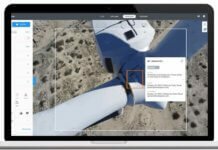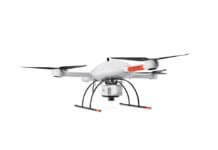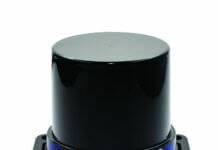 Researchers at the Australian National University (ANU) and the University of Sydney have developed what they say is a first-of-its-kind, radio-tracking drone for locating radio-tagged wildlife.
Researchers at the Australian National University (ANU) and the University of Sydney have developed what they say is a first-of-its-kind, radio-tracking drone for locating radio-tagged wildlife.
Lead researcher Dr. Debbie Saunders from the ANU Fenner School of Environment and Society says the drones have successfully detected tiny radio transmitters weighing as little as 1 gram. The system has been tested by tracking bettongs at the Mulligan's Flat woodland sanctuary in Canberra.
Saunders, a wildlife ecologist, came up with the idea eight years ago to track small, dynamic migratory birds, such as the endangered swift parrot.
The new system, funded by an Australian Research Council Linkage Project Grant and Loro Parque Foundacion, has been built and tested over the past two-and-a-half years with Dr. Robert Fitch and his team at the Australian Centre for Field Robotics at the University of Sydney.
 The robot consists of an off-the-shelf unmanned aerial vehicle (UAV), and the custom-built miniature receiver and antenna provide real-time information on radio-tracked wildlife, which are mapped live on a laptop. According to the research report, the UAV is an eight-rotor Falcon 8 from Ascending Technologies.
The robot consists of an off-the-shelf unmanned aerial vehicle (UAV), and the custom-built miniature receiver and antenna provide real-time information on radio-tracked wildlife, which are mapped live on a laptop. According to the research report, the UAV is an eight-rotor Falcon 8 from Ascending Technologies.
‘The small aerial robot will allow researchers to more rapidly and accurately find tagged wildlife, gain insights into movements of some of the world's smallest and least known species, and access areas that are otherwise inaccessible,’ Saunders explains. ‘We have done more than 150 test flights and have demonstrated how the drones can find and map the locations of animals with radio tags.’
‘Radio tracking of collars manually is very time-consuming,’ says Adrian Manning, associate professor at ANU. ‘Early indications are that the drones could save a huge amount of time. If you have two operators working and they can put the drone up in two bursts of 20 minutes, they can do what would take half a day or more to do using ground methods.’
The full research report can be found here.
Photos courtesy of ANU/YouTube









